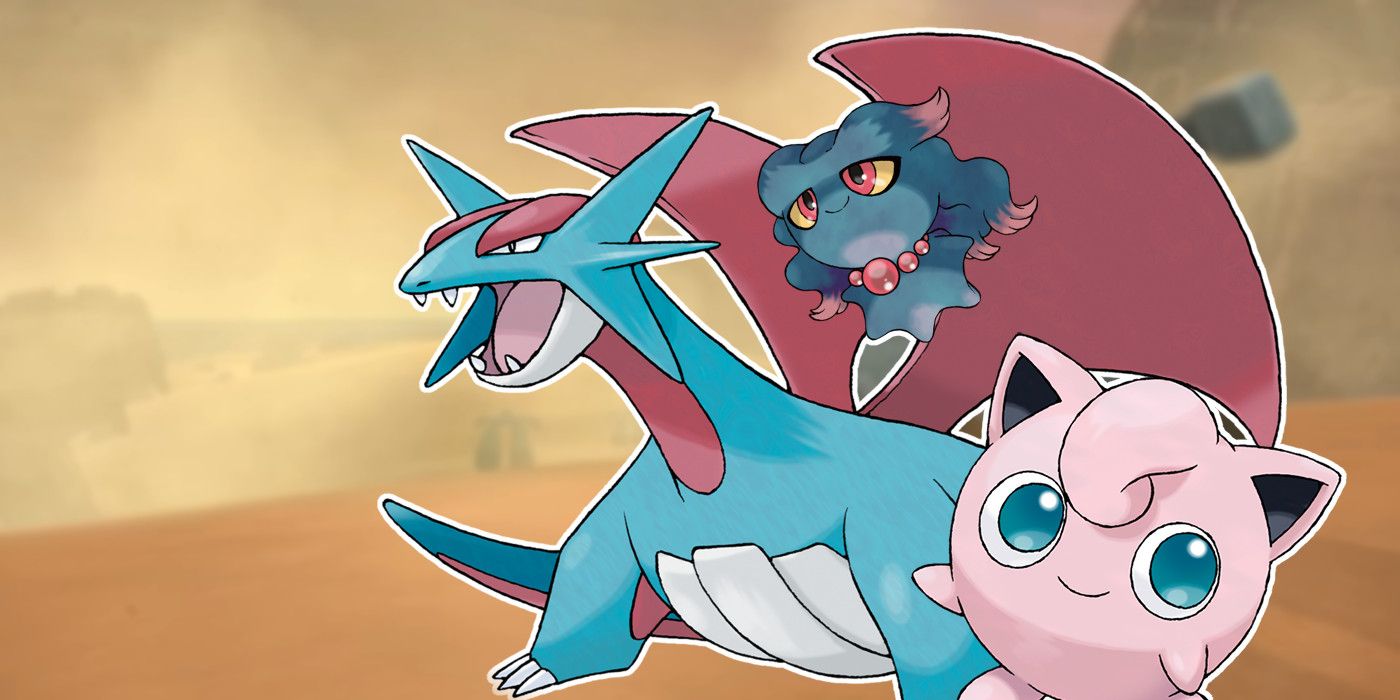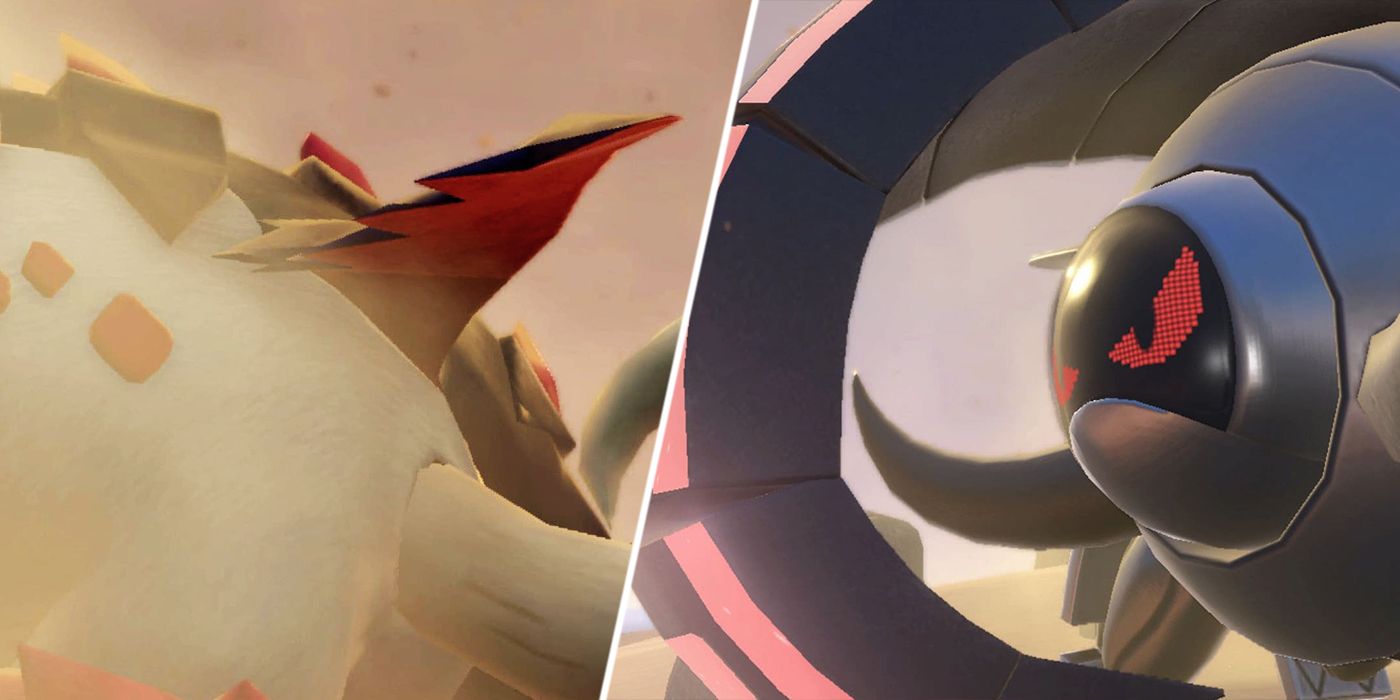Pokémon Scarlet and Violet have just released, and each introduced Paradox Pokémon, with Scarlet focusing on Pokémon from alternate pasts. These have separate Pokédex slots from the species that they are based on, and they generally have more powerful stats as well. All in all, there are seven Paradox Pokémon that can be obtained in Pokémon Scarlet.
In a way, Paradox Pokémon can be seen as somewhat similar to the convergent evolutions seen in Pokémon Scarlet and Violet in that they are designed to be more unique than regional variants. The Paradox Pokémon in Pokémon Scarlet coming from the past allows a helpful glimpse as to how some well-known species have evolved over time. From the looks of things, the Pokémon of the past were a lot more brutal than their present-day counterparts.
Pokémon Scarlet’s Paradox Pokémon Turn Classic Species Into Feral Monsters
Before release, the only Paradox forms that we saw were both for Donphan, showing love to an underrated Pokémon. Great Tusk is Donphan’s Scarlet-exclusive past form and a counterpart to the futuristic Iron Treads from Pokémon Violet. This past form is a Ground/Fighting Pokémon that, true to its name, has much larger tusks than Donphan, as well as a lot of spikes. Brute Bonnet is the next Paradox Pokémon, and is an overgrown Amoonguss with an aggressive expression and a sharp beak, as well as a Grass/Dark typing to match its demeanor. It is said to be a cross between a dinosaur and a mushroom. If Magneton took some style inspiration from Probopass, it would become the Electric/Ground Sandy Shocks. Its lower magnets serve now as long legs that contort when it walks.
Jigglypuff is one of the Pokémon series' main mascots, even being featured on some Pokémon Converse shoes, so it makes sense that it got some appreciation in Gen 9. Its Paradox form is the Fairy/Psychic Scream Mane, and is said to have lived around a billion years in the past. Flutter Mane is a Ghost/Fairy Misdreavus with a huge mane that flutters in the wind. It is bizarrely likened to a pterosaur, for some reason. One of two Paradox forms for Volcarona, Slither Wing, is a Bug/Fighting Pokémon that almost resembles Larvesta more than its evolved form. The only Pokémon with a Paradox form that has lower stats than its normal form is Salamence. Roaring Moon is a Dragon/Dark Pokémon. Its wings resemble Mega Salamence, and this is hinted at in its Pokémon Violet Pokédex entry, which says it that this Paradox form is connected to a phenomenon from a certain region, almost certainly referencing Mega Evolution from the Kalos region, despite there being no Mega Evolutions in Scarlet and Violet.
There is currently a debate whether the Legendary Pokémon Koraidon and Miraidon are counted as Paradox forms of Cyclizar as well, which would increase the number of Paradox Pokémon to eight. An additional two Paradox Pokémon have been heavily rumored and may be featured as part of potential DLC for Pokémon Scarlet and Violet. It will be interesting to see if either of these ends up being included in the final release.


